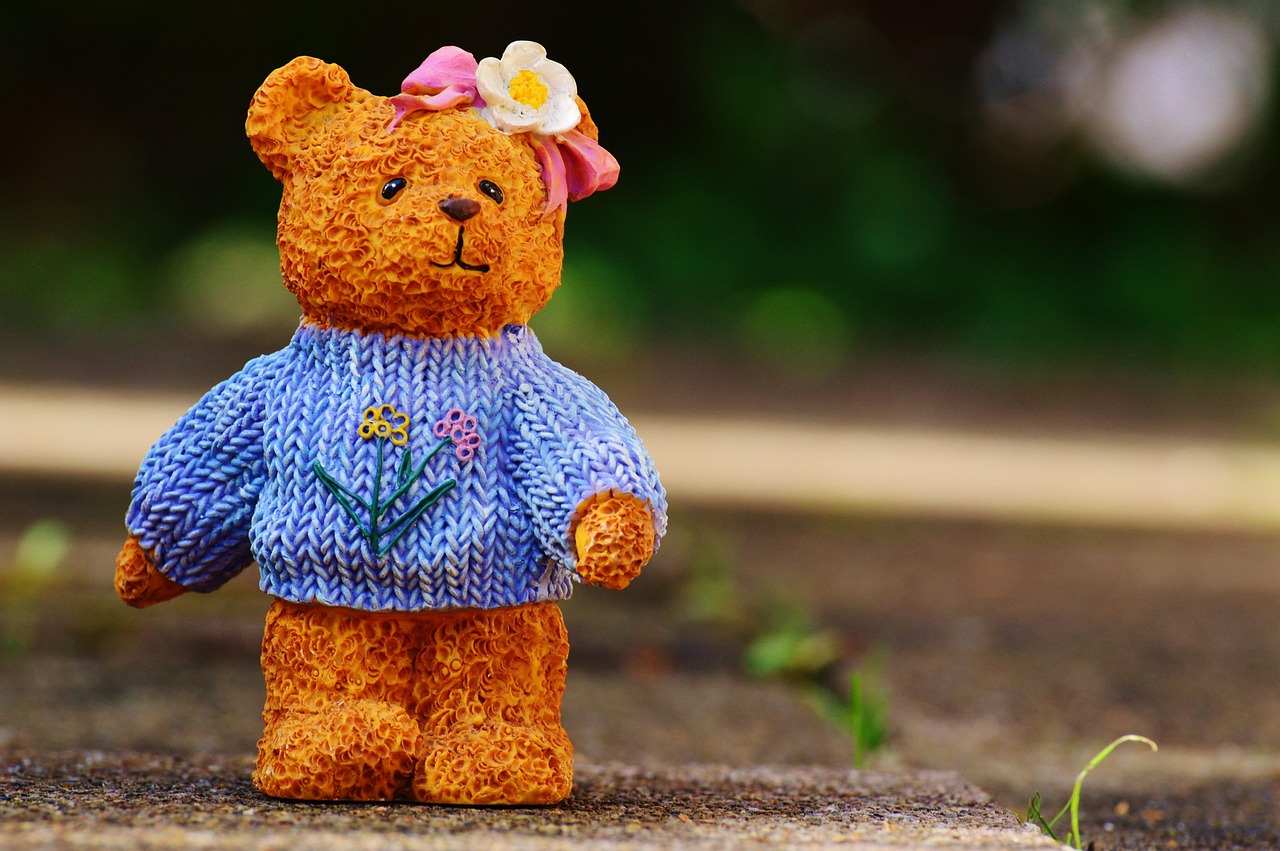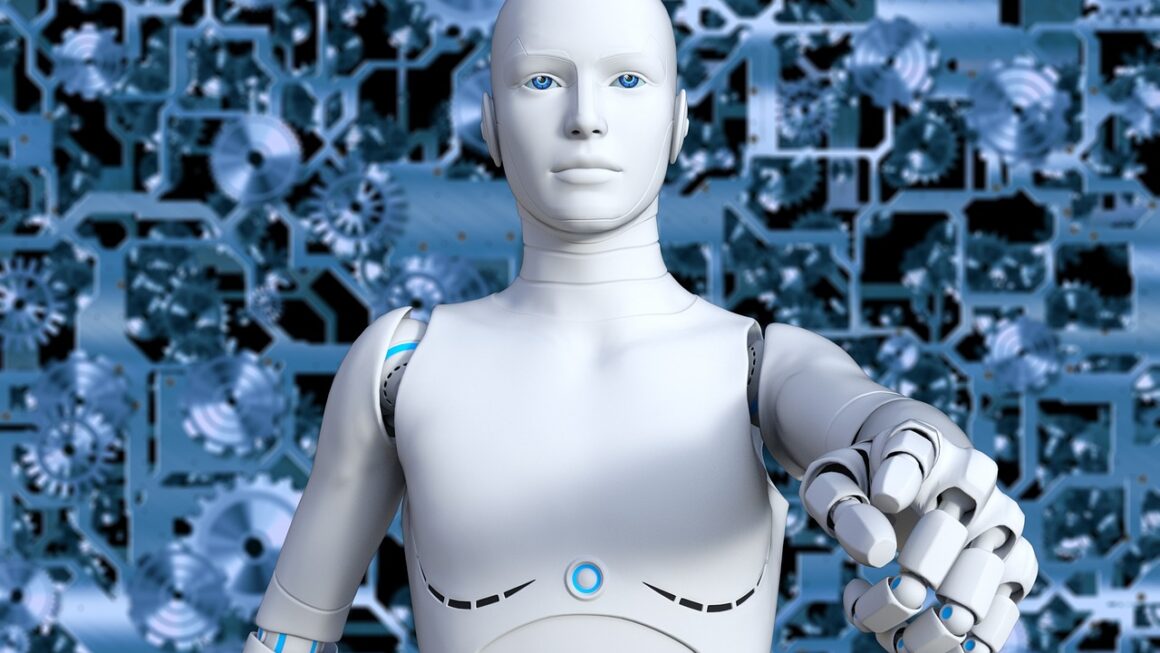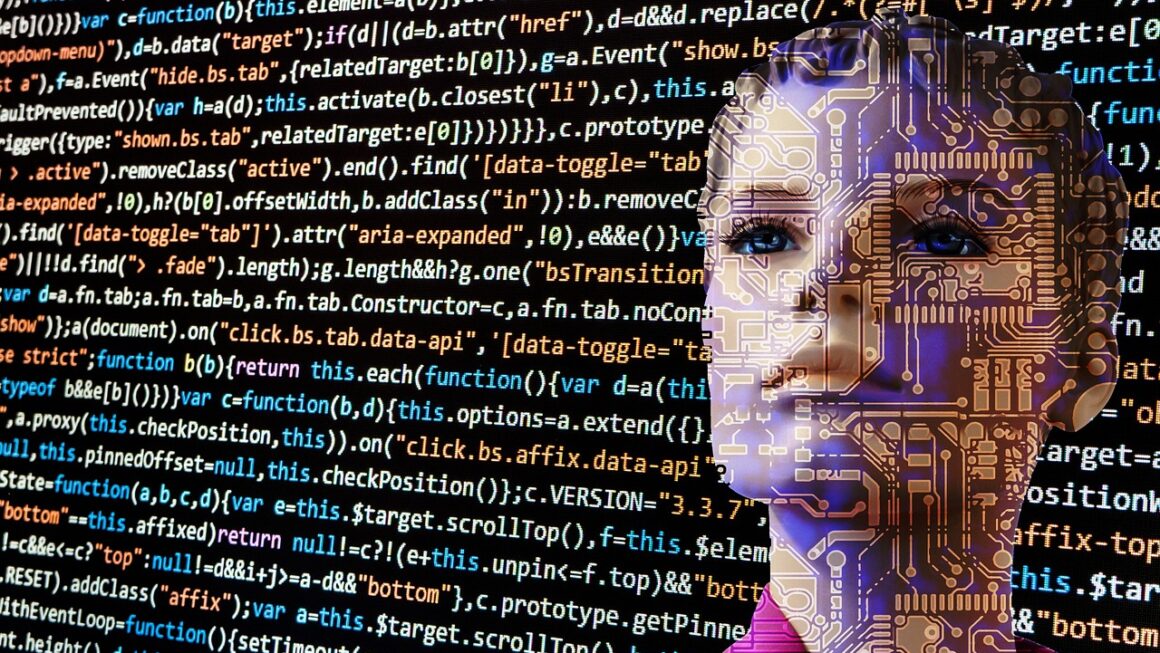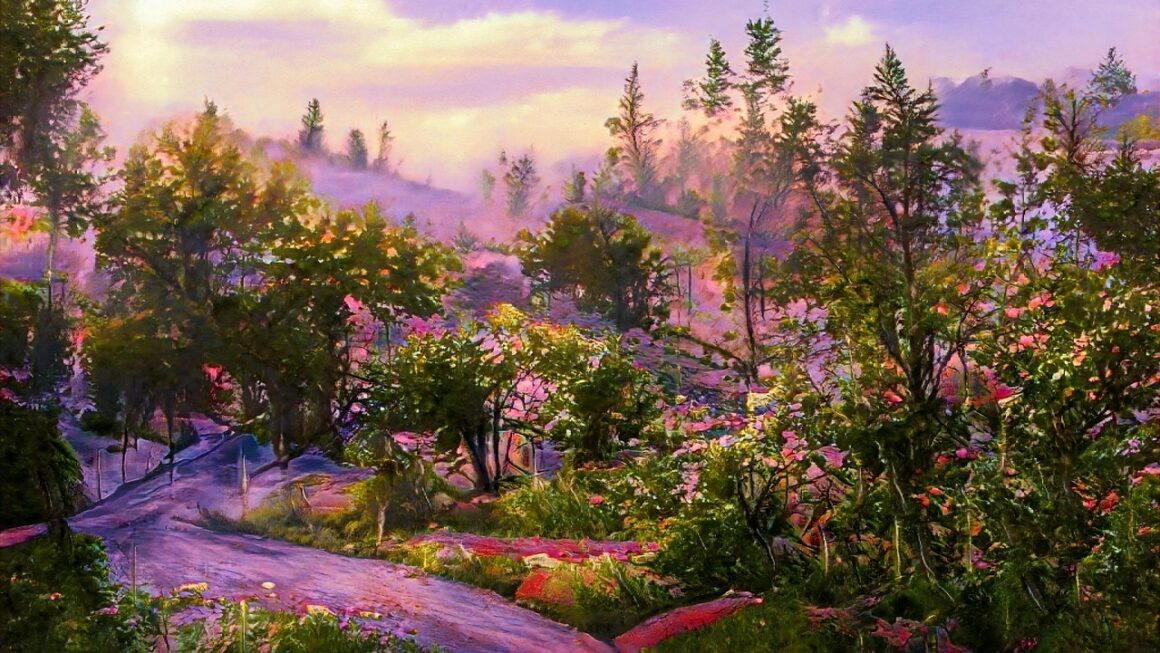Artificial intelligence is rapidly transforming various aspects of our lives, and the realm of creativity is no exception. From composing music to generating stunning visuals, AI tools are empowering artists, designers, and marketers alike, pushing the boundaries of what’s possible. But is AI truly creative, or is it simply a sophisticated mimic? Let’s delve into the fascinating world of AI in creativity and explore its potential, limitations, and implications.
AI as a Creative Partner
Enhancing Human Creativity
AI shouldn’t be seen as a replacement for human creativity, but rather as a powerful tool to augment and enhance it. By handling repetitive tasks, exploring variations, and providing novel ideas, AI frees up human artists to focus on the more conceptual and emotional aspects of their work. Think of it as a super-powered brainstorming partner that never runs out of ideas.
- Idea Generation: AI can analyze vast datasets of images, text, and music to suggest new concepts and directions.
- Automation: Repetitive tasks, such as image editing or content generation, can be automated, saving time and resources.
- Exploration of Variations: AI algorithms can quickly generate multiple variations of a design or composition, allowing artists to explore different options more efficiently.
Examples of AI-Powered Creative Tools
Numerous AI-powered tools are already making waves in the creative industries:
- DALL-E 2 (OpenAI): Generates images from text descriptions, allowing users to create surreal and imaginative visuals. Example: “A teddy bear on a skateboard in Times Square” can produce incredibly detailed and varied images.
- Midjourney: Another powerful AI image generator with a focus on artistic styles and aesthetics.
- RunwayML: Offers a suite of AI tools for video editing, style transfer, and motion capture.
- Amper Music: Composes original music tracks based on user-defined parameters, such as genre, mood, and tempo.
- Jasper.ai: An AI copywriting tool that can generate marketing copy, blog posts, and other forms of written content.
AI’s Role in Design and Visual Arts
Revolutionizing Design Workflows
AI is streamlining design workflows by automating repetitive tasks, generating design options, and providing intelligent suggestions. This allows designers to focus on higher-level strategic thinking and creative problem-solving.
- Automated Layout Generation: AI can automatically generate layouts for websites, brochures, and other design materials.
- Smart Object Selection: AI algorithms can analyze images and automatically select objects for editing or replacement.
- Style Transfer: AI can apply the style of one image or artwork to another, creating unique and visually appealing effects. For example, applying Van Gogh’s style to a photograph.
Practical Applications in Visual Arts
Beyond design, AI is also finding applications in fine arts and illustration:
- AI-Generated Art: Artists are using AI algorithms to create entirely new forms of visual art, exploring abstract concepts and pushing the boundaries of aesthetics.
- AI-Assisted Illustration: AI can assist illustrators by generating initial sketches, suggesting color palettes, and providing feedback on composition.
- Restoration of Old Images/Paintings: AI models can be used to restore damaged or degraded images and paintings, bringing them back to their original glory.
AI in Music Composition and Performance
Composing Original Music
AI is capable of composing original music across a wide range of genres, from classical to electronic. These AI-powered music composition tools analyze musical patterns, learn from existing compositions, and generate new melodies, harmonies, and rhythms.
- Generating Melodies: AI algorithms can create melodies that are both original and aesthetically pleasing.
- Creating Harmonies: AI can automatically generate harmonies that complement a given melody.
- Arranging Instruments: AI can orchestrate and arrange instruments to create a full and rich sound.
Enhancing Musical Performance
AI is also being used to enhance musical performance, both in live and recorded settings. This includes:
- Real-Time Accompaniment: AI can provide real-time accompaniment to musicians, adjusting its playing based on their performance.
- Automated Mixing and Mastering: AI can automatically mix and master audio tracks, improving their overall sound quality.
- Virtual Instruments: AI-powered virtual instruments can emulate the sounds of real instruments with incredible accuracy.
Case Study: AI-Generated Music in Advertising
Imagine a marketing agency needs a unique and catchy jingle for a new product launch. Instead of hiring a composer and going through multiple revisions, they use an AI music composition tool. They specify the desired genre (e.g., upbeat pop), mood (e.g., optimistic), and tempo (e.g., 120 BPM). The AI generates several options within minutes. The agency selects the best option, makes minor tweaks, and integrates it into their ad campaign, saving significant time and resources.
AI and Content Creation
Automating Content Generation
AI is transforming the world of content creation by automating the generation of various types of content, including:
- Blog Posts: AI can generate blog posts on a wide range of topics, based on user-defined keywords and parameters.
- Social Media Updates: AI can create social media updates that are engaging and relevant to a specific audience.
- Product Descriptions: AI can generate product descriptions that are informative and persuasive.
Improving Content Quality
Beyond automation, AI can also improve the quality of existing content by:
- Analyzing Readability: AI can analyze the readability of a piece of text and suggest improvements to make it more accessible to a wider audience.
- Detecting Grammatical Errors: AI can automatically detect and correct grammatical errors.
- Providing Style Suggestions: AI can provide suggestions for improving the style and tone of a piece of writing.
The Ethical Considerations
With the increasing use of AI in content creation, it is crucial to consider the ethical implications. These include:
- Plagiarism: Ensuring that AI-generated content is original and does not infringe on existing copyrights.
- Bias: Addressing potential biases in AI algorithms that could lead to the creation of discriminatory or offensive content.
- Transparency: Being transparent about the use of AI in content creation, especially in contexts where it could mislead or deceive audiences.
Conclusion
AI is undeniably changing the landscape of creativity. While it’s not about to replace human artists, it’s a powerful tool that can enhance creativity, streamline workflows, and open up new possibilities. By embracing AI as a creative partner and understanding its limitations, artists, designers, and marketers can unlock its full potential and push the boundaries of what’s possible. The key is to use AI intelligently and ethically, focusing on augmenting human creativity rather than simply automating it. The future of creativity is likely to be a collaborative one, where humans and AI work together to create truly remarkable and innovative works.




